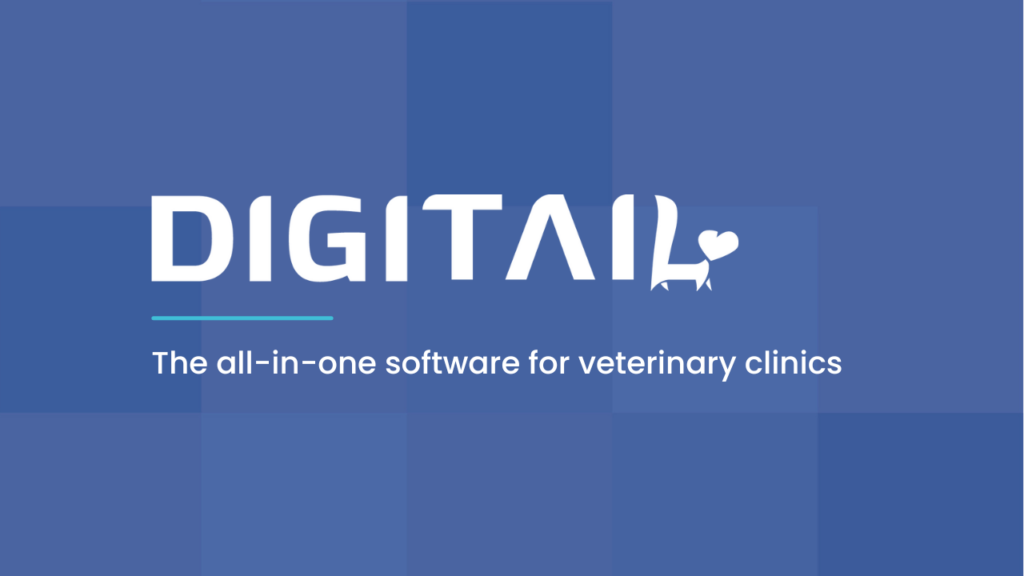
10 Use Cases for Telemedicine
Telehealth & Telemedicine represent the distribution of health-related services and information via electronic information and technologies. It allows long-distance patient-veterinarian contact, care, advice, reminders, education, intervention, monitoring, and remote admissions. It can be used for a wide variety of health services and they can range widely by specialty.
1. Post-operation
You might use telemedicine to do post-operation check-ins with patients to ensure their wound is not infected.
2. Lab results
For the endocrinology field, you can do live video chats with patients to discuss recent lab results and answer questions.
3. Dermatology
For dermatologists, this service is very useful when they have, for example, a patient with atopic dermatitis who is now in treatment to check for any improvements in their skin condition.
4. Urinary system
If you have a cat with a history of UTI (urinary tract infections), you can use the chat function or a video session to assess this type of patient.
5. Vomiting
If a patient of yours had 1-2 episodes of vomiting, you can talk to the owner and see if they changed the diet recently, if this patient ate something that could have triggered such a response, and you can give a piece of advice to the owner depending on the cause.
6. Allergies
Allergies – dogs and cats can react to anything starting from diet changes to changing the parasite control products. You can determine the cause for such an event by talking to the owner about any possible causes, and you can then set up an appointment with them if you determine that they must come for a consultation and some investigations.
7. Insect bites
For insect bites, you can determine via a video consult or chat if the patients need to come to your clinic for treatment or if the reaction following the bite is not as severe as the owner might think.
8. Chronic issues
For chronic issues of their pet, owners can send you and your staff pictures and important pieces of information, and you can then adjust their treatment if the response is not an improving one.
9. Geriatrics
For older patients, telemedicine can be used for motion problems (such as arthritis) by giving the pet parent advice regarding the needs their pet has.
10. General questions & concerns
Telemedicine services can also be used when the owner has some questions about how their pet is behaving and about the best option for their diet or parasite control.



